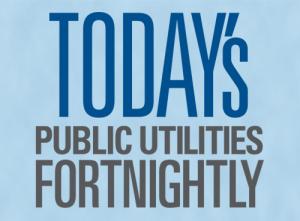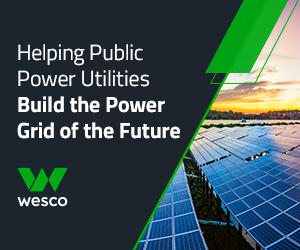You’ve all heard of the CPI. The Consumer Price Index. It’s famous, the metric of inflation that drives monetary authorities and political leaders to crow or cower.

Fewer of you know the CPI’s cousin, the PPI. The Producer Price Index. Loved by economists but reported only on the back pages of the financial press.
Back pages? What does that even mean anymore in the iPhone Age? My apologies. I digress.
A corner of the federal government still working reported December’s PPI a couple of days ago. Just like the CPI has some golden nuggets for us energy folk, so too does the PPI.
Two key intermediate goods for the electricity industry are coal and natural gas. Coal prices were up 3 percent in December as compared with December 2017, twelve months earlier. But natural gas prices were up a whopping 71 percent as compared with December 2017.
That’s just part of the story. Prices of natural gas sold to electric utilities were up 42.4 percent. That’s an awful lot, but significantly less than that 71 percent. Why? This likely demonstrates our industry’s procurement of gas is more sophisticated than short-term contracting with the market and its day-to-day fluctuations.
Industrial sector customers for gas saw 10 percent higher prices this December than the prior December. And commercial customers for gas saw 5.9 percent higher prices. Again, gas utilities’ procurement of gas is more sophisticated, to protect customers from some of the fluctuations.
Though eventually higher prices — rates and bills — will be realized by electric and natural gas service customers. Tracking the PPI is helpful since it’s a leading indicator of CPI trends.



